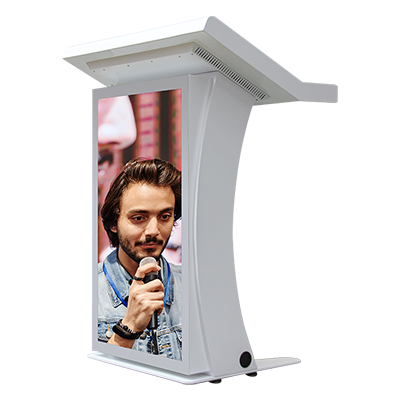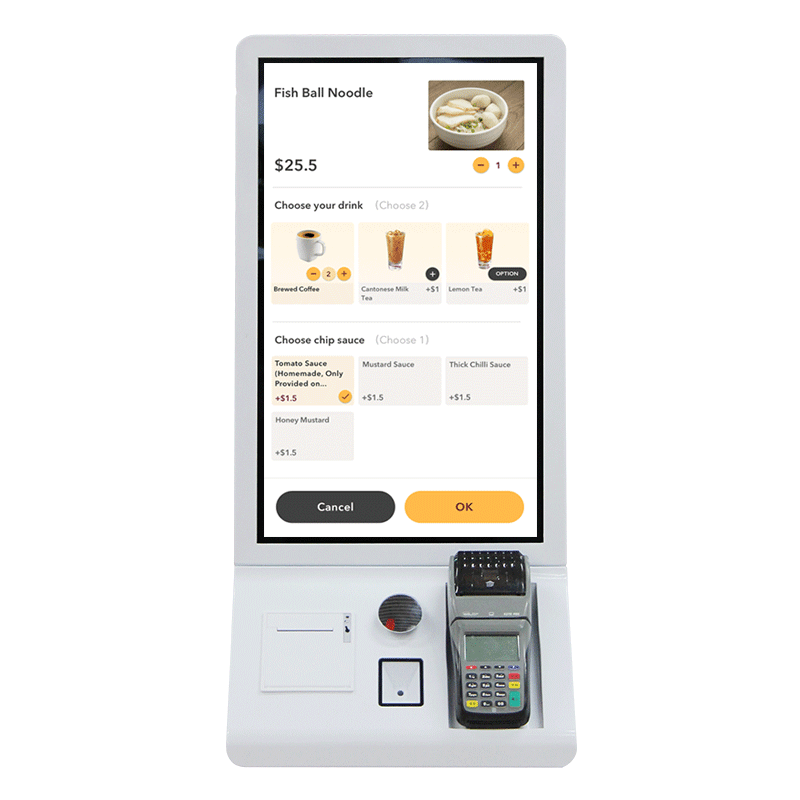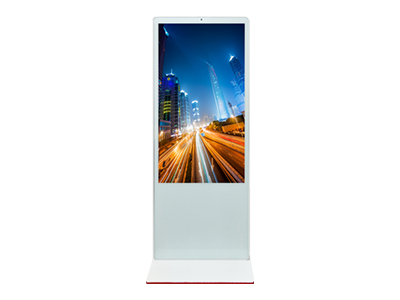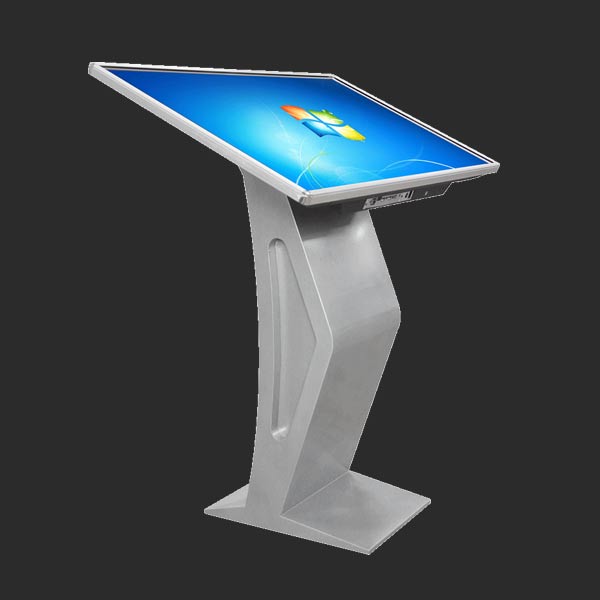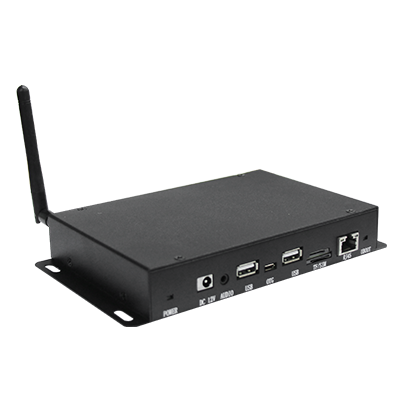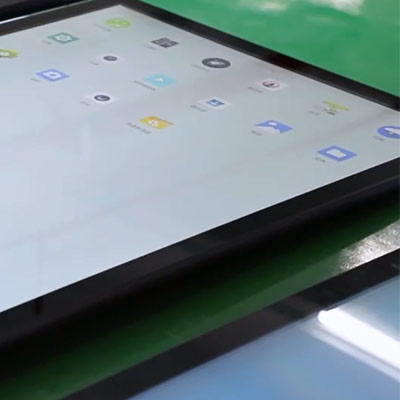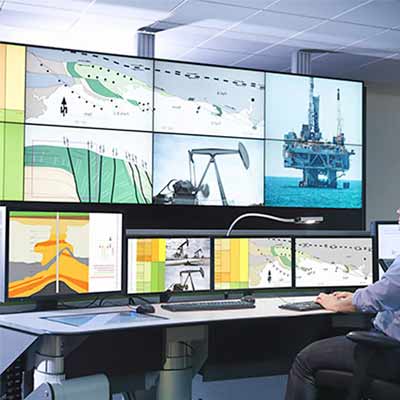The advantages of LCD screens in digital exhibition halls, modern exhibition halls are inseparable from multimedia equipment. As the most common multimedia display equipment in exhibition halls, there are many choices for display screens. In the past, according to the difference of different exhibition halls, the choice of display screen would be different. Now, the choice of display screens in different exhibition halls all point to LCD splicing screens. The LCD splicing screen is composed of single or multiple liquid crystal splicing, which can be used as a monitor alone or spliced into a super large screen. According to the needs of different exhibition halls, it can be combined arbitrarily, either large-screen splicing or small-screen splicing; it can be displayed on a single screen or spliced on a whole screen. According to the acteristics of the product, the appropriate splicing method can be selected to meet the needs of different customers.
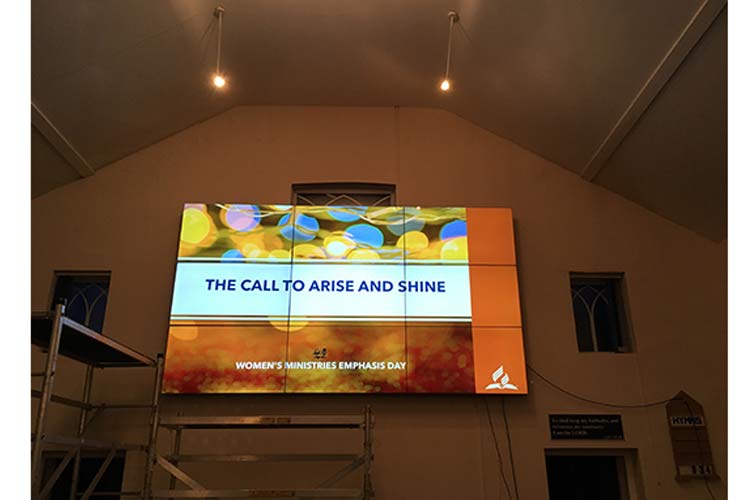
1. The exhibition hall has limited space, and the splicing screen has a large viewing angle, so that visitors from left to right and from front to back can clearly see the screen.
2. The splicing screen has high resolution, bright picture, high contrast, and the image and text appear clearer.
3. The splicing screen is ultra-thin and light, and looks more technological and fashionable.
4. The number of splicing can be selected arbitrarily (row (m) × column (n)), and the size of the screen can also be selected to meet different display needs.
5. Easy to operate and powerful. In addition to the advantages of display, LCD splicing screens also have the advantages of long life, low maintenance costs, low power consumption, low heat generation, long trouble-free time, and low maintenance costs. Therefore, it replaced the traditional display screen and became the mainstream.
Why invest in a video wall system when you can use a large screen or projector instead? Indeed, video walls can be more expensive and require a more complicated setup process. But when it comes to critical tasks, the benefits greatly exceed the costs.
Video wall system is flexible
Think of your video wall as a large blank canvas. Although a video wall is composed of many individual blocks, a sophisticated control system allows you to display outside the boundaries of a single video wall panel. Content can span multiple displays or even entire video walls. Compared with a projector or a single screen, a video wall allows you to display more content in more space. Various sources from the computer to the cable feed can be combined and displayed together. Native content, streaming media feeds, and video conferences can exist side by side on the video wall display. Can the projector do it? the answer is negative.
Splicing screens occupy the market with visual advantages
In mission-critical environments, the clarity of the data is critical. Operators use the splicing screen of the command center to share and display important real-time data. Therefore, the visual quality of the monitor you choose plays a significant role in the success of your operation. In every field from resolution to brightness, the splicing screen system prohibits all other choices.
The splicing screen consists of multiple display panels placed together. This means that the total resolution of the display increases with each panel. The 4K splicing screen is an example of the impressive resolution that a splicing screen display can achieve. Therefore, in addition to a larger display area than a projector or a single-monitor display, the splicing screen also has a higher display resolution.
Another display area that splicing screens are good at is brightness and contrast. Unlike the projector, the display brightness of the splicing screen will not compete with the ambient light in the room. In addition, the brightness and clarity of the image displayed on the splicing screen remain the same when zoomed in.


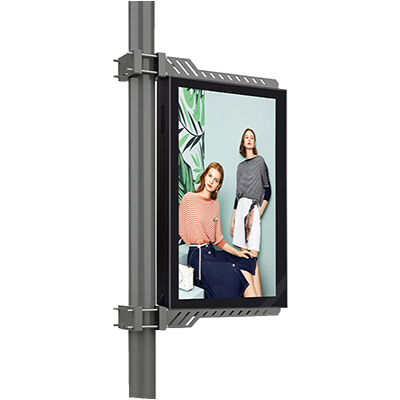


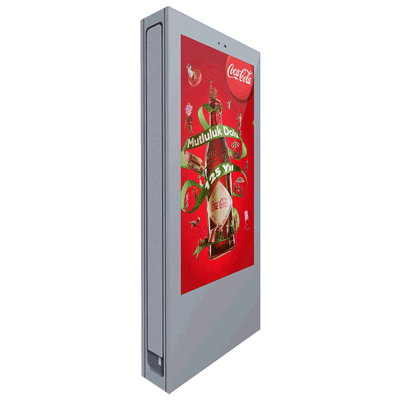




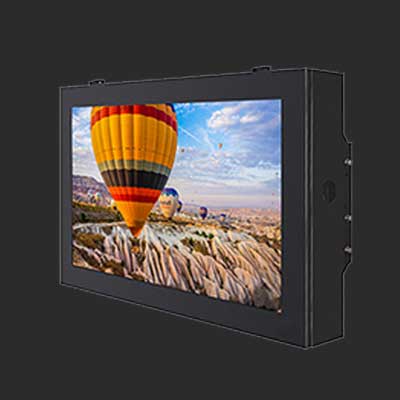
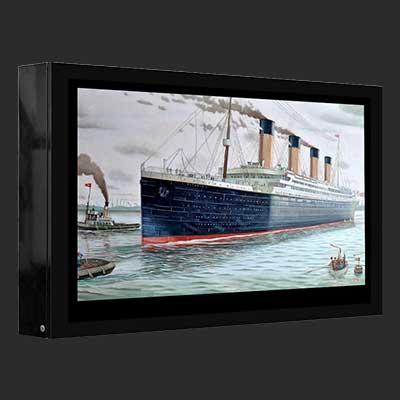
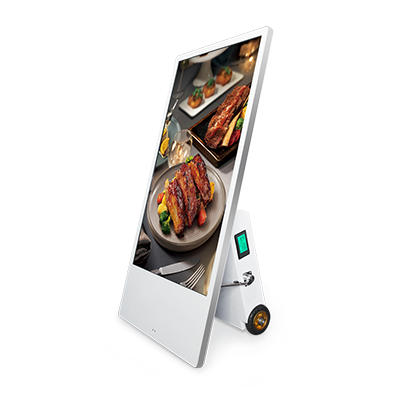







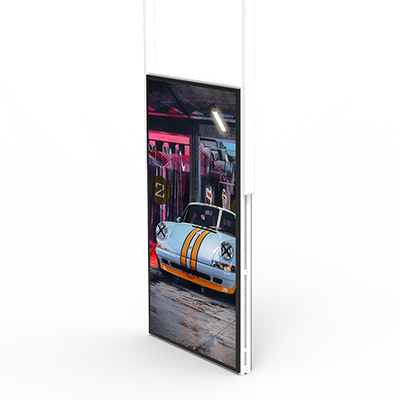
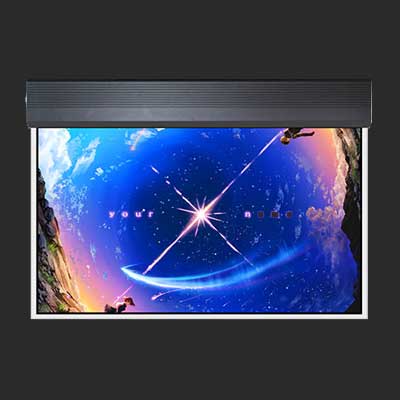


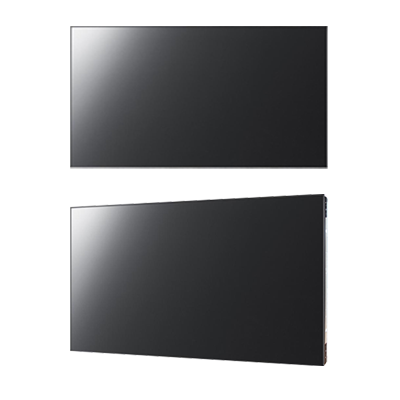


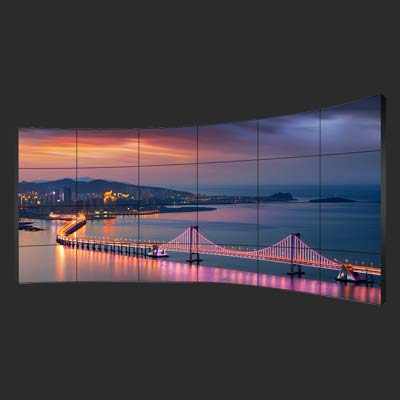

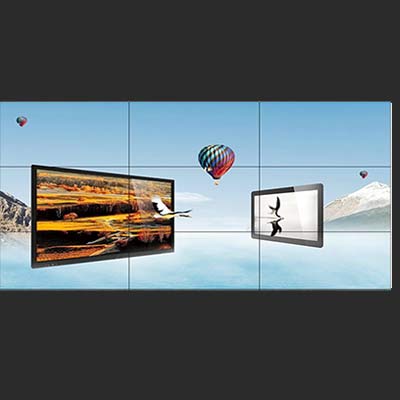
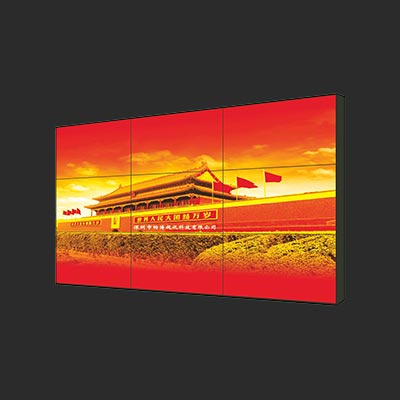


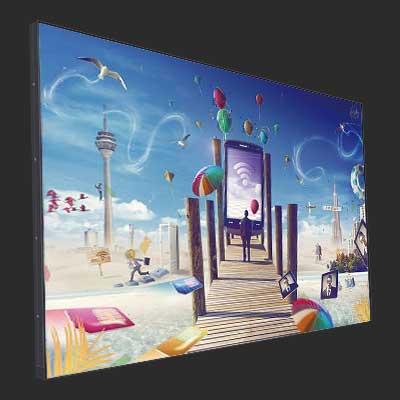


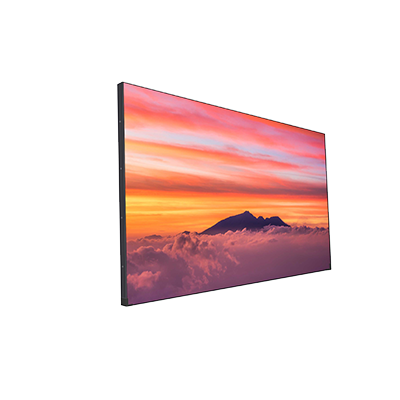




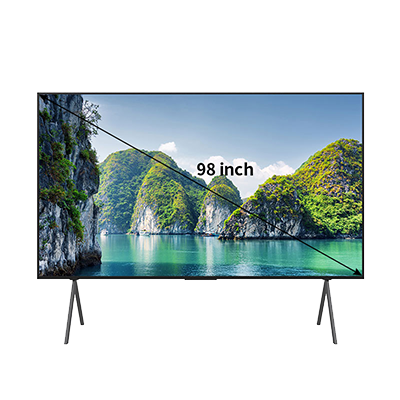

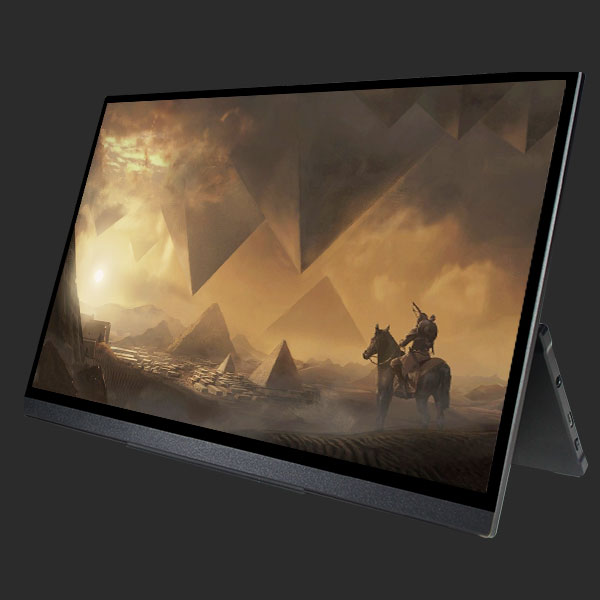
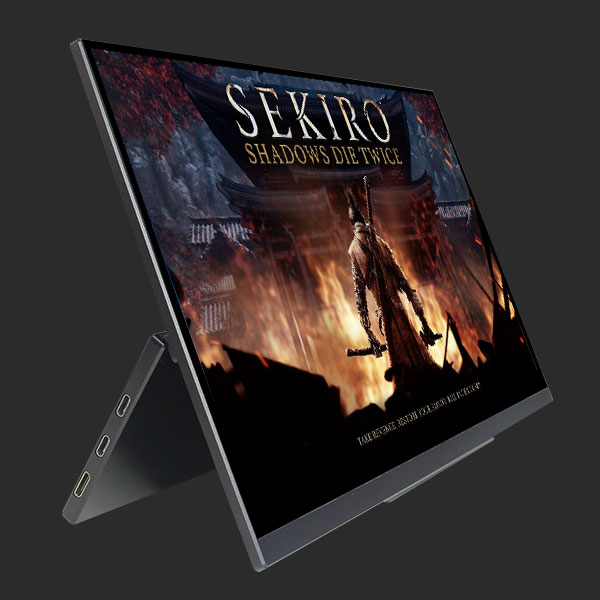
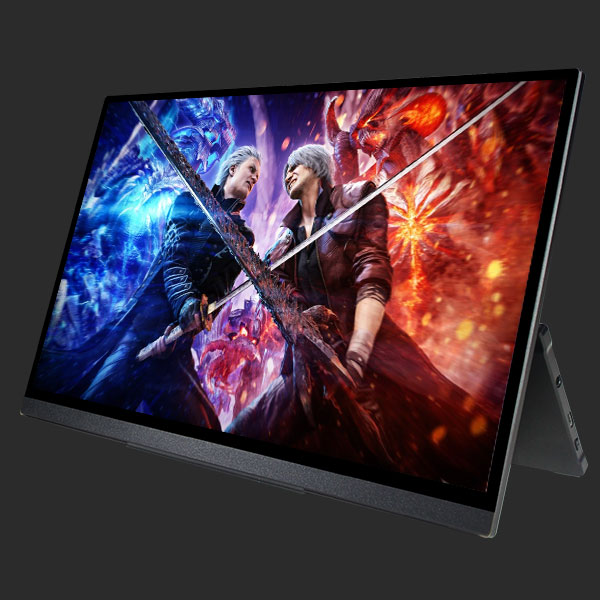

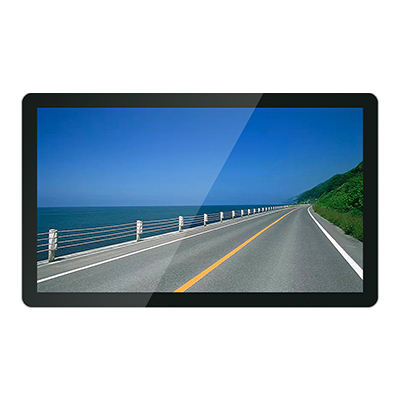
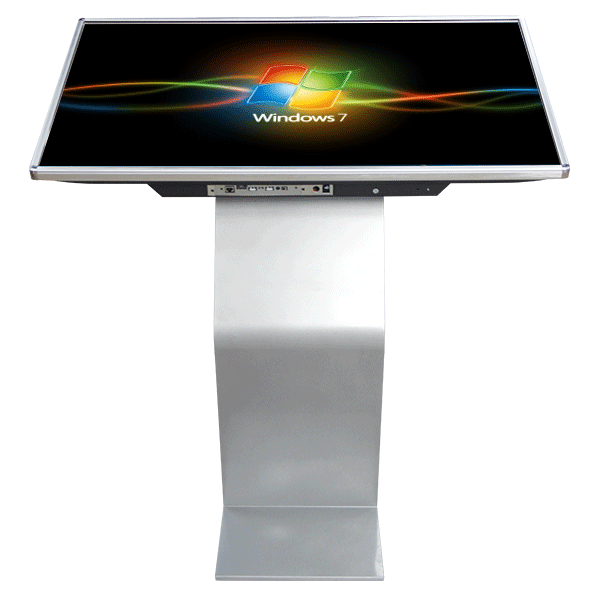
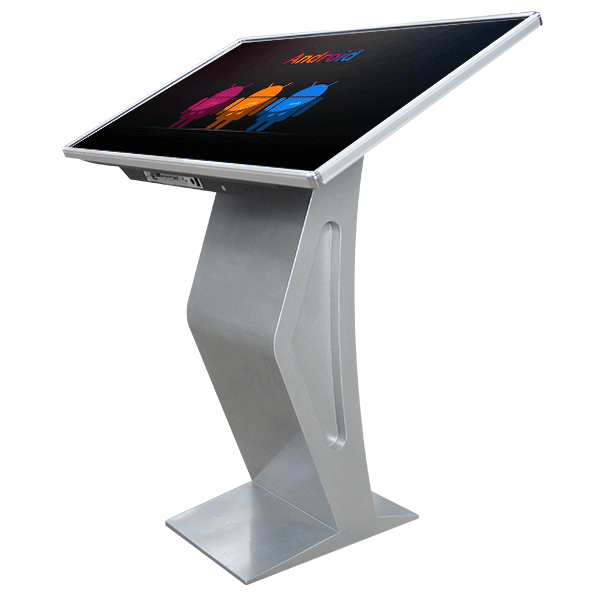
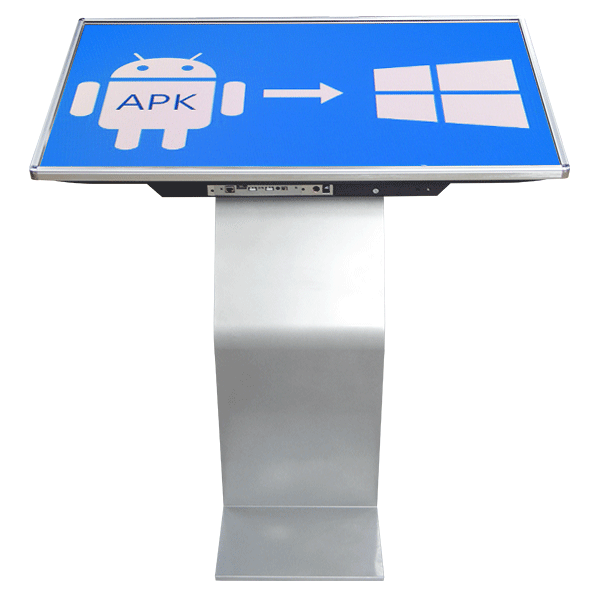

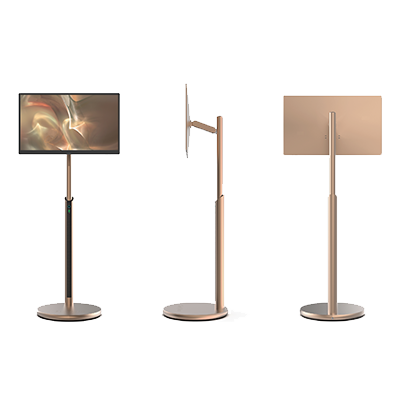


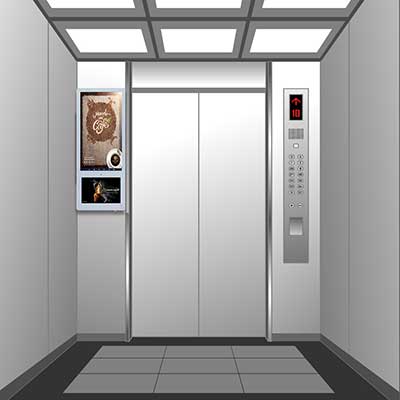

.png)


